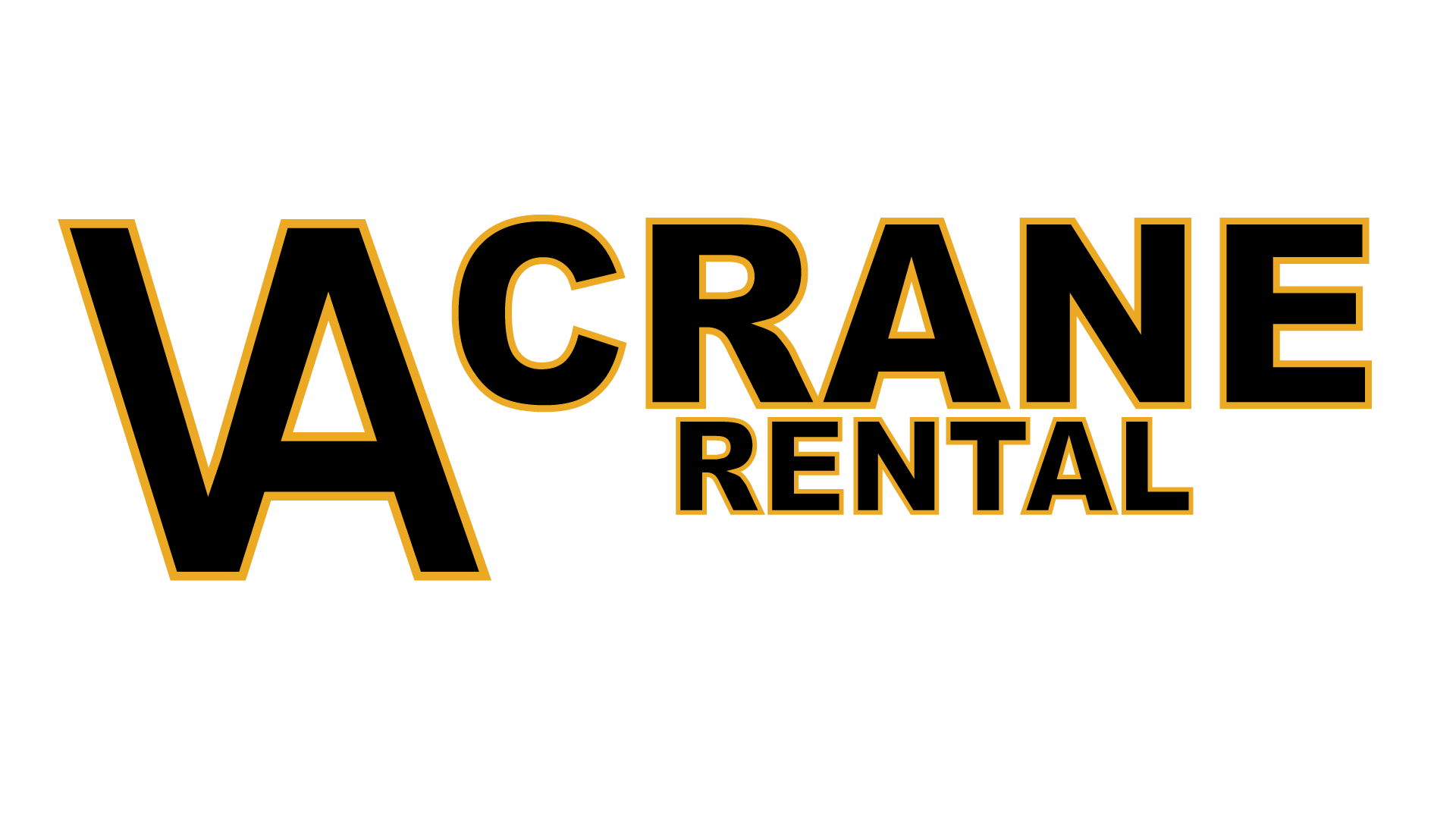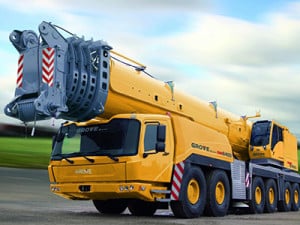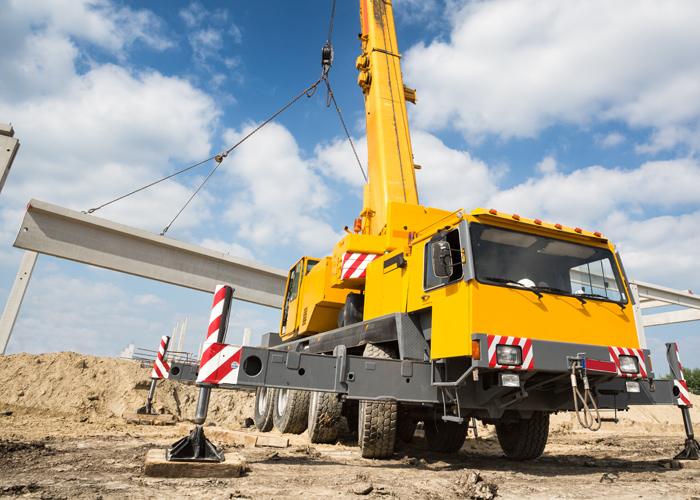The global market for autonomous cranes will cross $2,365.2 million in 2022. The numbers are huge and show the value of these machines for businesses. Unfortunately, many people are still unaware of the ins and outs of AI and cranes. Artificial Intelligence dominates the globe for its numerous benefits and eases to users.
Therefore, it’s not surprising that engineers are integrating the same technology into cranes to simplify operators’ lives. Apart from the initial investment, there are not many disadvantages of smart cranes, but the list of benefits remains huge.
So, keep reading to know more about this new crane technology and its implementation.
Can Cranes be integrated with AI?
A few decades ago, the idea of smart cranes seemed far-fetched. No one would’ve thought that such sensitive machines could be fully automated. With the introduction of automated cars, it was only time until automatic cranes entered the market.
So, yes, AI can be integrated with cranes and help crane operators work safely and with minimal errors. The crane is equipped with sensors and switches to work and perform tasks. Head onto the next section to learn more about these amazing machines.
Automated Robot Cranes (ARC)
Automated Robot Cranes (ARC) are machines equipped with artificial intelligence. These are designed to perform tasks with minimal human effort and errors.
Additionally, Automated robot cranes have modern technology like object detection and anti-collision, making them safe and efficient. Their popularity is increasing swiftly, especially in the logistics and cargo industry. You no longer have to do every manual task.
Benefits of Autonomous Cranes
Now that you know what Automated Robot Cranes are, let us move towards the several benefits of using one. For example, an ARC can be your best option if you want to complete a construction project fast and lower the risk of errors.
The machine will minimise human error and provide employees with a more comfortable working environment. Additionally, you can control several of these machines from a single control room, so that’s a bonus.
Here are some more reasons to look into the autonomous cranes market:
- Safety
The onsite safety of the crew is imperative. Big construction sites have a track record of accidents and other mishaps due to human or machine error. This can also result in loss of lives or injuries.
On the other hand, an autonomous crane provides onsite safety for the operators. You’ll face no risk of collision or accidents when you don’t have to sit in a crane to move it. Also, these machines are equipped with anti-collision technology to minimise the chances of mishaps. This provides the workers with a safe and productive environment to work in and be productive.
- High Efficiency
When the operators don’t have to put in manual labour to move cranes and perform monotonous tasks, they will face fewer physical strains. As a result, the workers will show high efficiency and do the work productively rather than trying to pass the time.
When you protect an operator’s well-being and decrease the burden of their work, you’ll see an increase in their input and work ethic. Automated cranes take the load off the operator, who can then focus on the essential things.
- Speed up Repetitive Tasks
If you’ve ever visited a construction site, you must have seen cranes carrying material and dumping things from one place to another. Mostly these tasks are done repeatedly, and the machines constantly move between two points.
One top benefit of automated cranes is they help the operators do such monotonous functions with minimal effort. Additionally, machines work faster than humans to pick up and dump construction material from one place to another. This saves time and decreases the workload while increasing profits and productivity.
- Low Cost
An ARC may be costly, but the long-term benefits outrun the initial investment. The machines are automated and don’t require a 24-hour operator to function.
Moreover, these work faster than humans, and the fuel cost is reduced. All these benefits combined help decrease the overall cost of running and maintaining smart cranes and increase the company’s profit.
- Performs Better
Many construction sites contain challenging terrain or rocky areas. In such places operating a crane can get difficult as the operator’s vision is compromised. But smart cranes face no issues as they contain cameras and an inbuilt system to provide a better view of the location. This can help your team to easily navigate difficult areas and work onsite without taking risks.
How Does an ARC Work?
An AI-based crane can increase productivity and seamlessly perform tasks that humans can’t. This means that you’ll be able to wrap up the project faster and better. It is because smart cranes work on modern technology to perform each task. Every automated crane has the following components:
- Camera input
- Computer vision software
- Visual data input
The crane uses these to sense dangers or hazards in the surroundings and then communicates them to the controller. This prevents onsite accidents, and the anti-collision technology in the machines helps minimise mishaps. Smart cranes are either fully autonomous or work on remote controls. But whatever the model may be, owning one can save you tons of time and worries.
What Does the Future Hold?
Even though Artificial Intelligence dominates almost all aspects of our lives, including smartphones, appliances, and cars, some people still need to learn about the future.
Will AI take over human minds, or will it only remain a helping hand as it is now? Let’s be honest; surpassing humans is not what artificial intelligence can do. So, the ARC in the future will also remain a major helping hand for construction projects. With time and improved tech. We can finally think of doing mega projects without big accidents and loss of lives.
Conclusion
AI in a crane can take humans to the heights of modern technology. When you can control a huge machine from the palm of your hand, it gives you the freedom to do risky tasks in no time.








